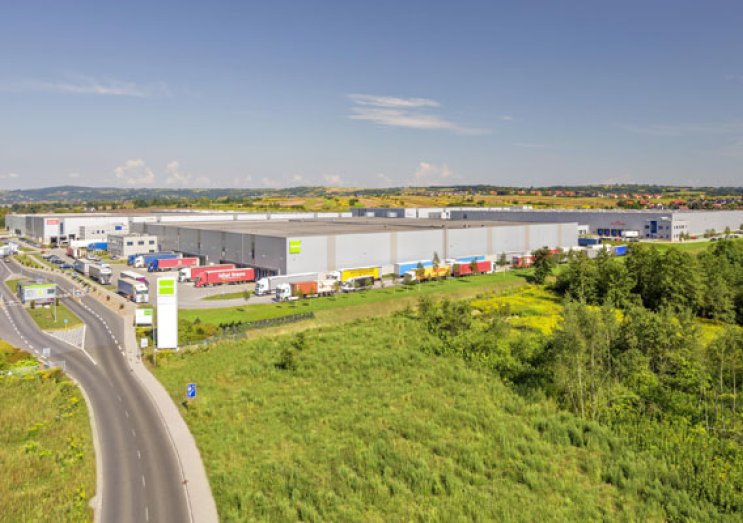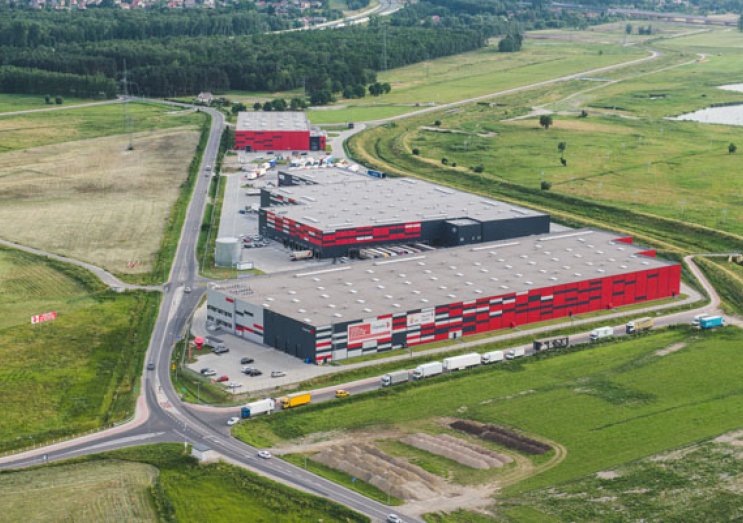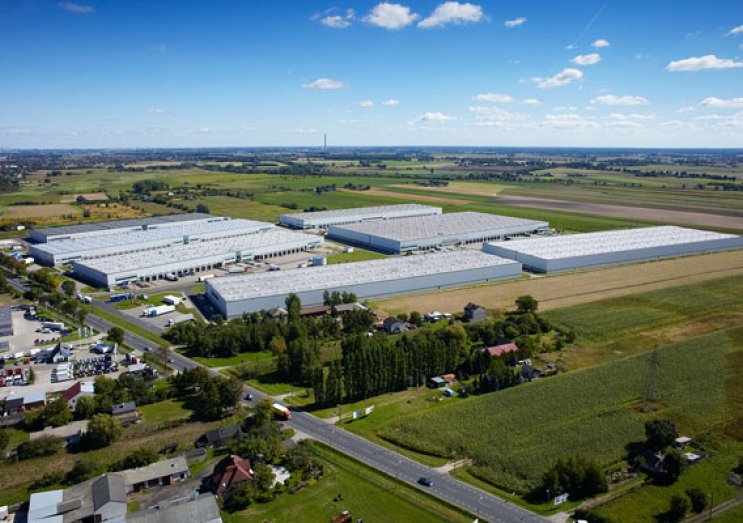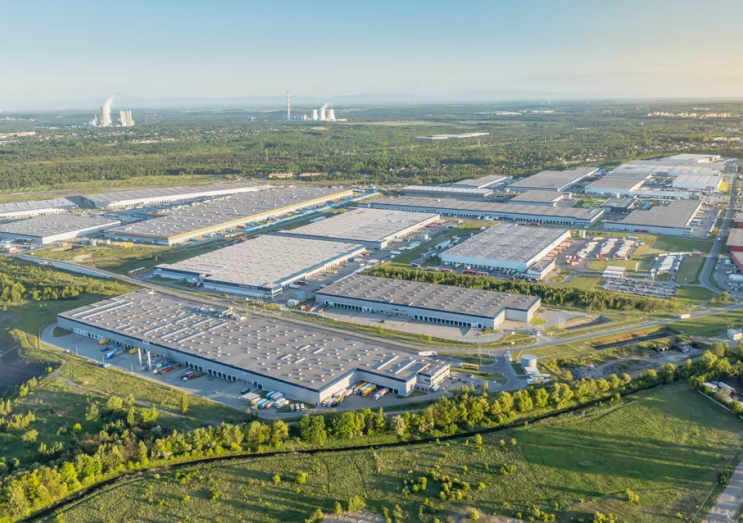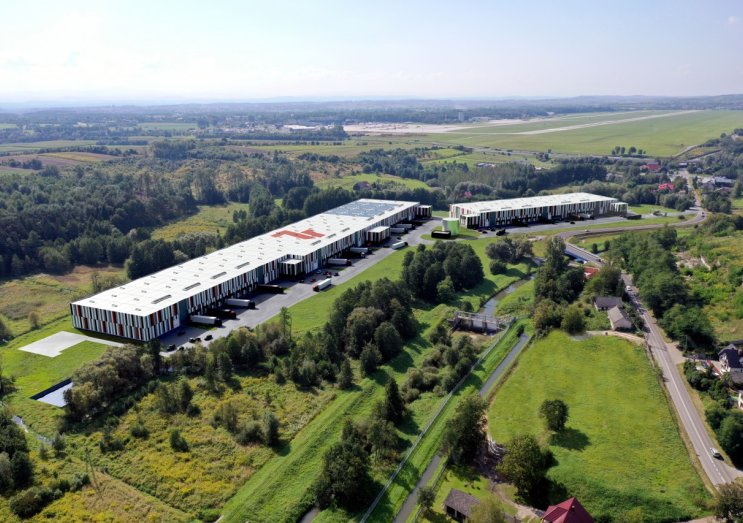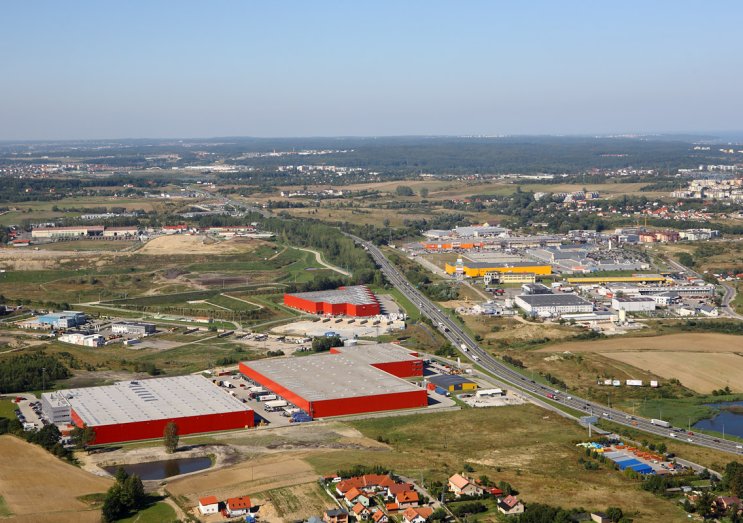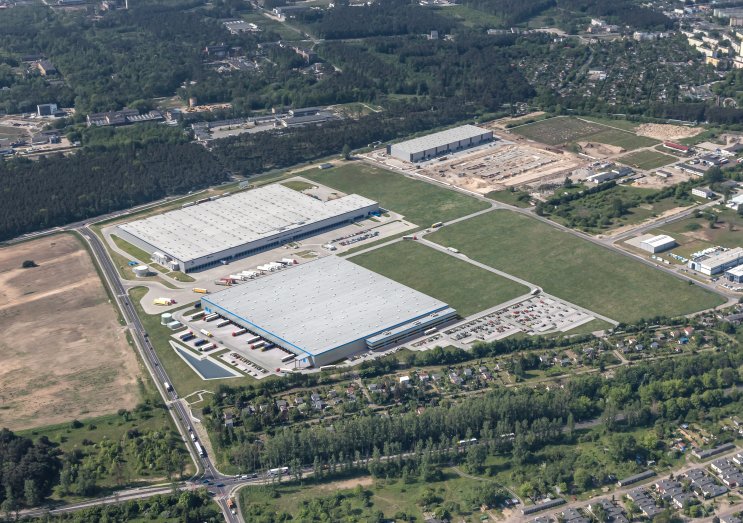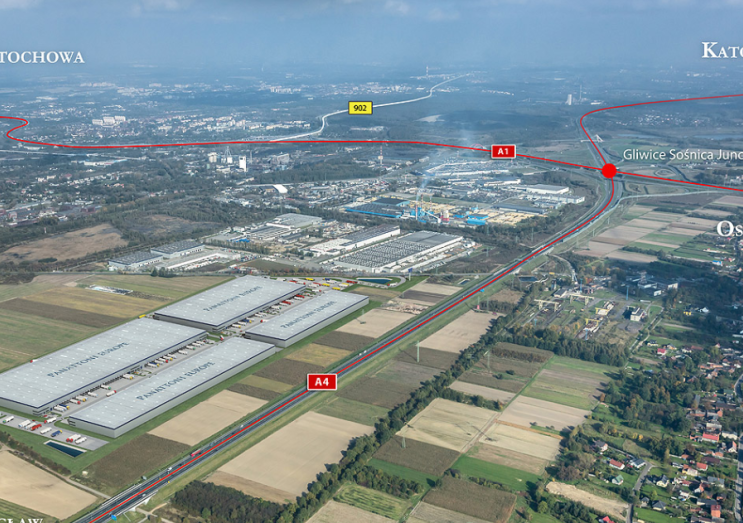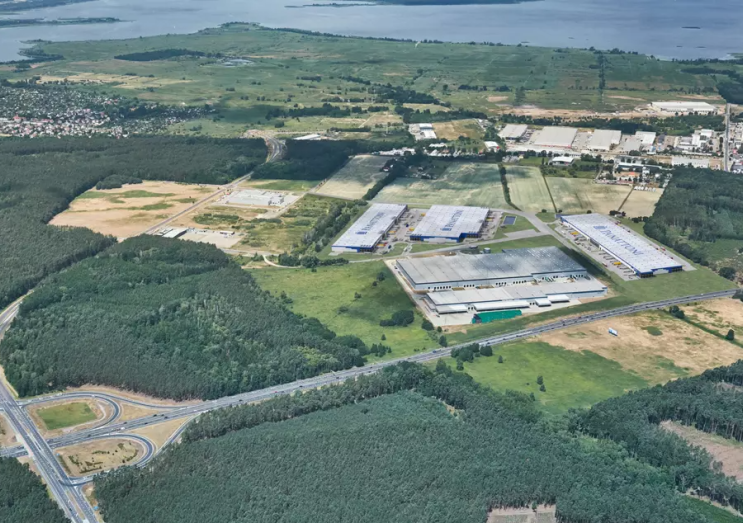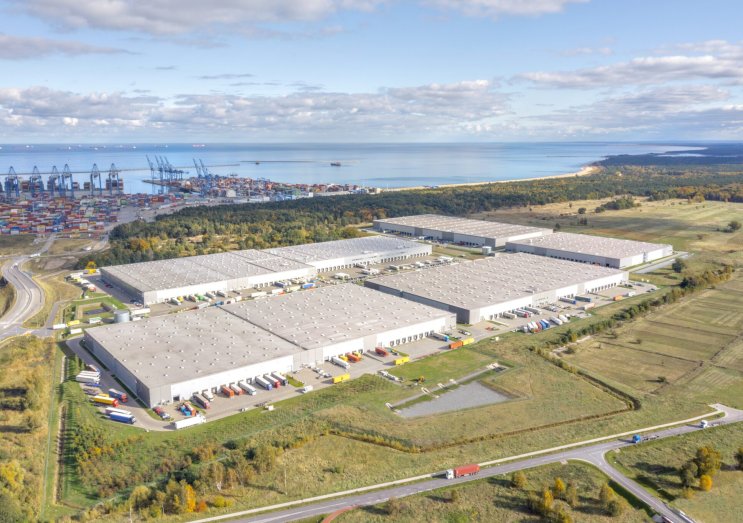Logistics and industrial facilities are increasingly featuring modern, ergonomic and well-lit offices whose interior is virtually indistinguishable from that of class A office buildings in large city centres, says Michał Rafałowicz, Head for the Pomeranian Region, Cresa Poland.
“For over a year we have been receiving more and more enquiries about modern office space in logistics and industrial parks. Companies want to locate not only their warehousing teams there but also all their operational departments including sales, HR, accounting and marketing. Some tenants who choose to bring warehousing and office operations together in one place will also shift legal, financial and management teams there,” says Michał Rafałowicz. “Offices have so far occupied only 5-10% of warehouses which typically provide amenities for employees such as canteens, toilets and locker rooms. Today, with more modern offices being built at a higher specification their share of Tricity’s total floor space within warehouse projects is close to 20%, often standing at more than 20% in Warsaw.”
According to Cresa Poland, office space accounts for 1.6% of total warehouse stock and continues to grow by the quarter. This proportion has increased by 0.4 pp compared with the same period in 2019. At the same time, the number of industrial parks with modern offices rose by 40% over the last 12 months, with such facilities largely available in Warsaw and its suburbs at the end of 2020. Warsaw Zone 1 leads the way with 12% of office space in warehouse parks and is continually increasing.
A modern office
The quality of office space in logistics centres has improved considerably in the last two years, driven by growing occupier requirements and technological developments in warehouse construction. As a result, offices located near warehouse buildings offer quality and conditions typical of class A office buildings. “Offices have separate entrances – employees and business partners do not have to pass through warehouses. They feature a contemporary design and receive natural light thanks to multiple glass walls and large windows; they also provide air-conditioning, surveillance and access control. Warehouses are increasingly being designed and built to meet green certification requirements, such as BREEAM. In regards to sustainability and energy efficiency, employees enjoy a work environment typical of class A office buildings. Such warehouse offices also provide reception desks, meeting rooms and all business amenities required by occupiers,” says Cresa’s expert.
Location is an asset for many
The primary difference between modern office space in logistics parks and city centres is the location and access to public transport. “Most industrial parks are well-connected to road networks surrounding urban areas. They are ideal for instance for companies needing showrooms offering suitable exhibition space and premises for business discussions with contractors, with such space available at lower rents than in the centre of a city. Such locations are also favoured by companies whose employees frequently need to travel to clients’ sites. An undoubted advantage of logistics parks is the availability of convenient and large car parks providing ample parking spaces,” says Michał Rafałowicz.
As well as being modern, ergonomic and well-equipped, offices in warehouse facilities are also competitively-priced at EUR 9-12 per square metre in Warsaw compared to EUR 10-15 in modern office buildings outside the capital’s Central Business District. Warehouses in Krakow, Tricity and Central Poland command EUR 8.50-9.50 per square metre for office space.
For whom?
Modern offices in warehouse parks are sought after by logistics, manufacturing, pharmaceutical companies and retailers, as well as businesses needing specific areas such as laboratories, temperature and humidity controlled rooms that have to meet appropriate technical requirements.
There are, of course, many sectors that will always locate in a city on account of the nature of their business, proximity to business partners, easy access or prestige. Office buildings will remain their preferred choice.
Large modern and more sophisticated offices in warehouse facilities are a growing trend and developers are adopting various approaches towards this. Some landlords offer offices exclusively to their warehouse tenants. Others choose to offer them to all market players no matter whether they lease warehouse space or not. Offices starting from 50 sqm are available on the market to accommodate five employees on average. And they are in demand, because some companies that do not lease warehouses also want to locate their offices in the vicinity of large logistics facilities. “Such offices for lease are on the radar of logistics companies and businesses with large sales teams of mobile salespeople or sales representatives. The location of logistics centres near motorway interchanges with easy access to fast traffic roads is an advantage for such companies. Many industrial developers also have their own offices in logistics centres,” concludes Michał Rafałowicz.

